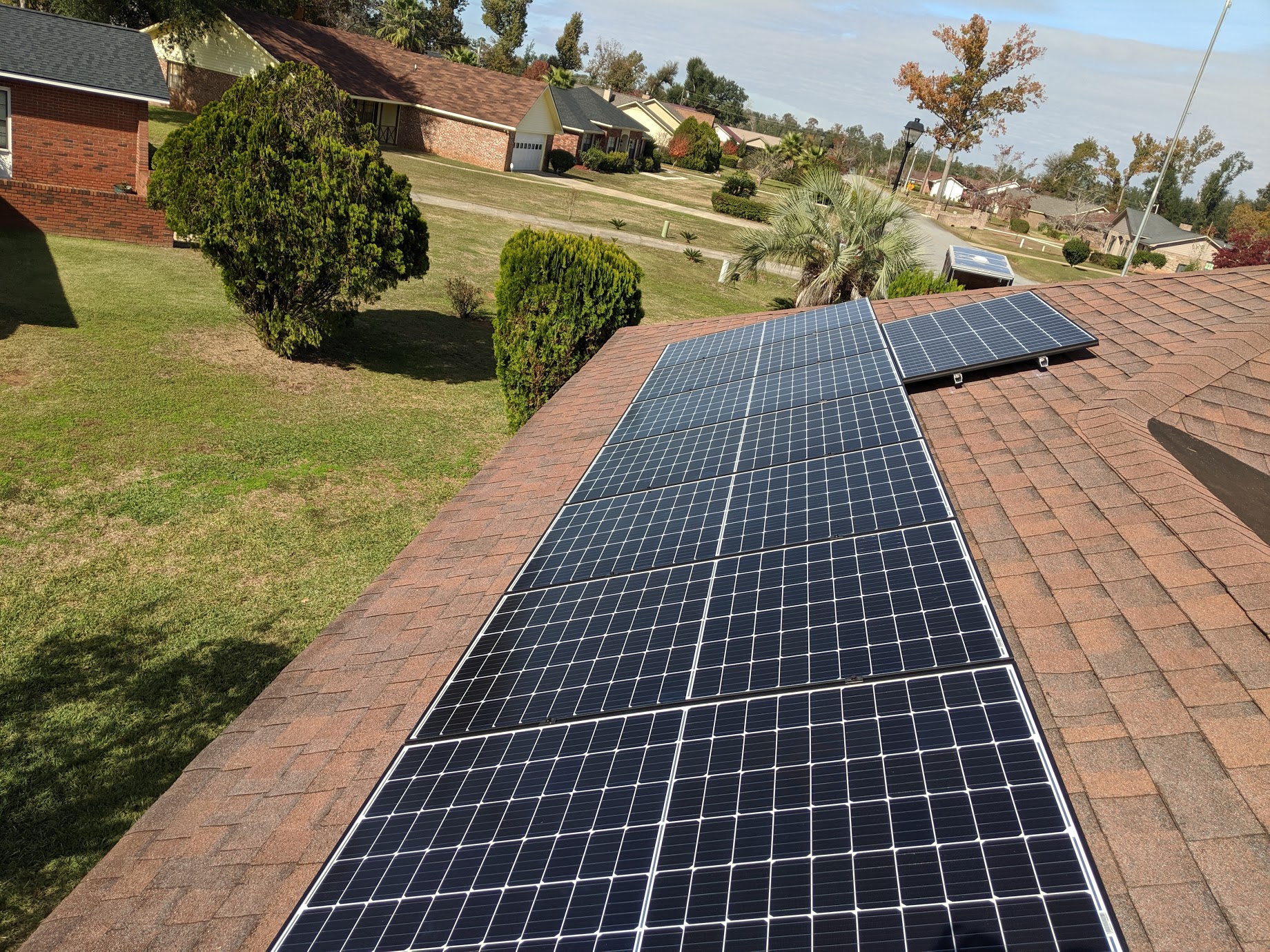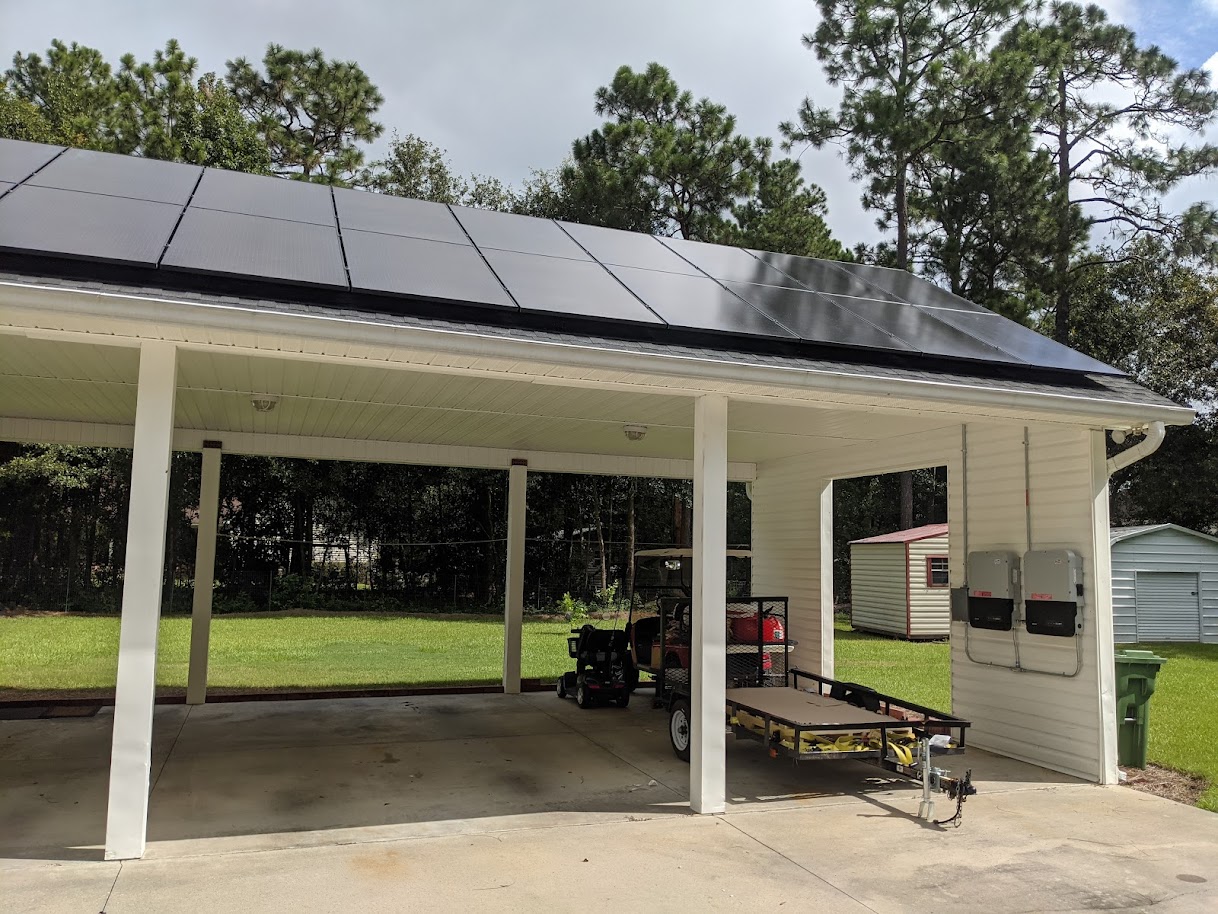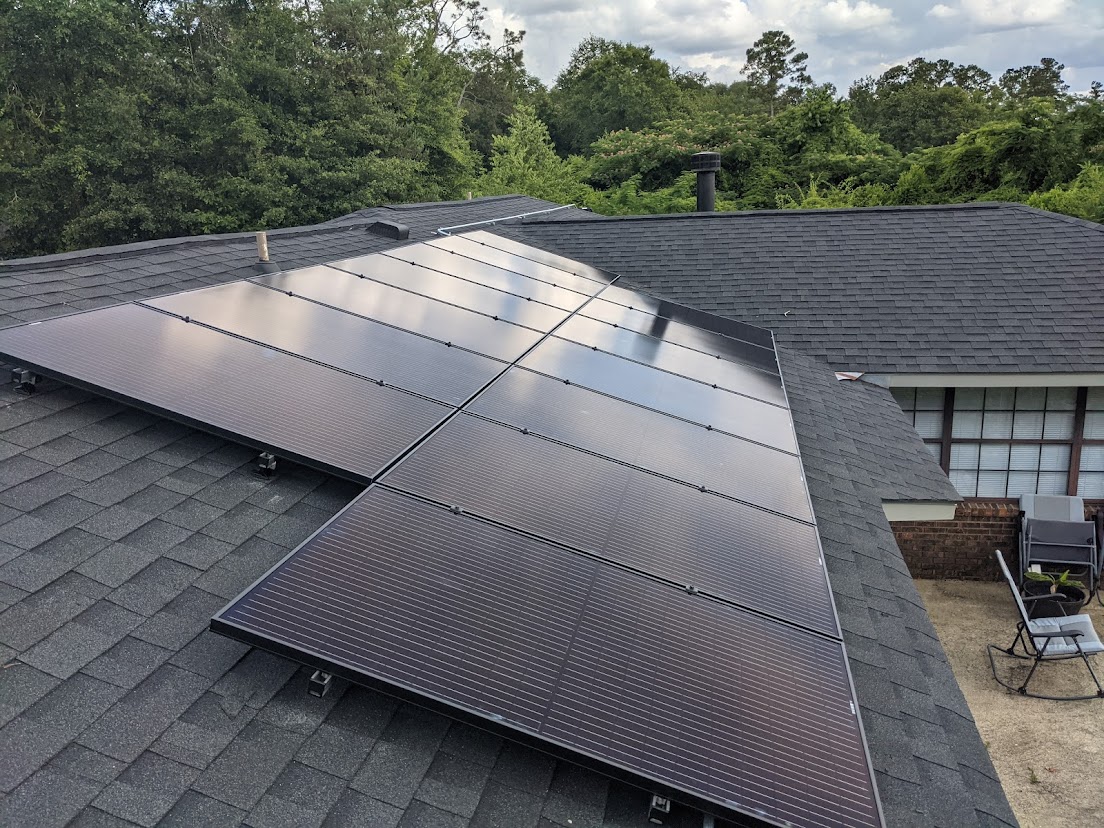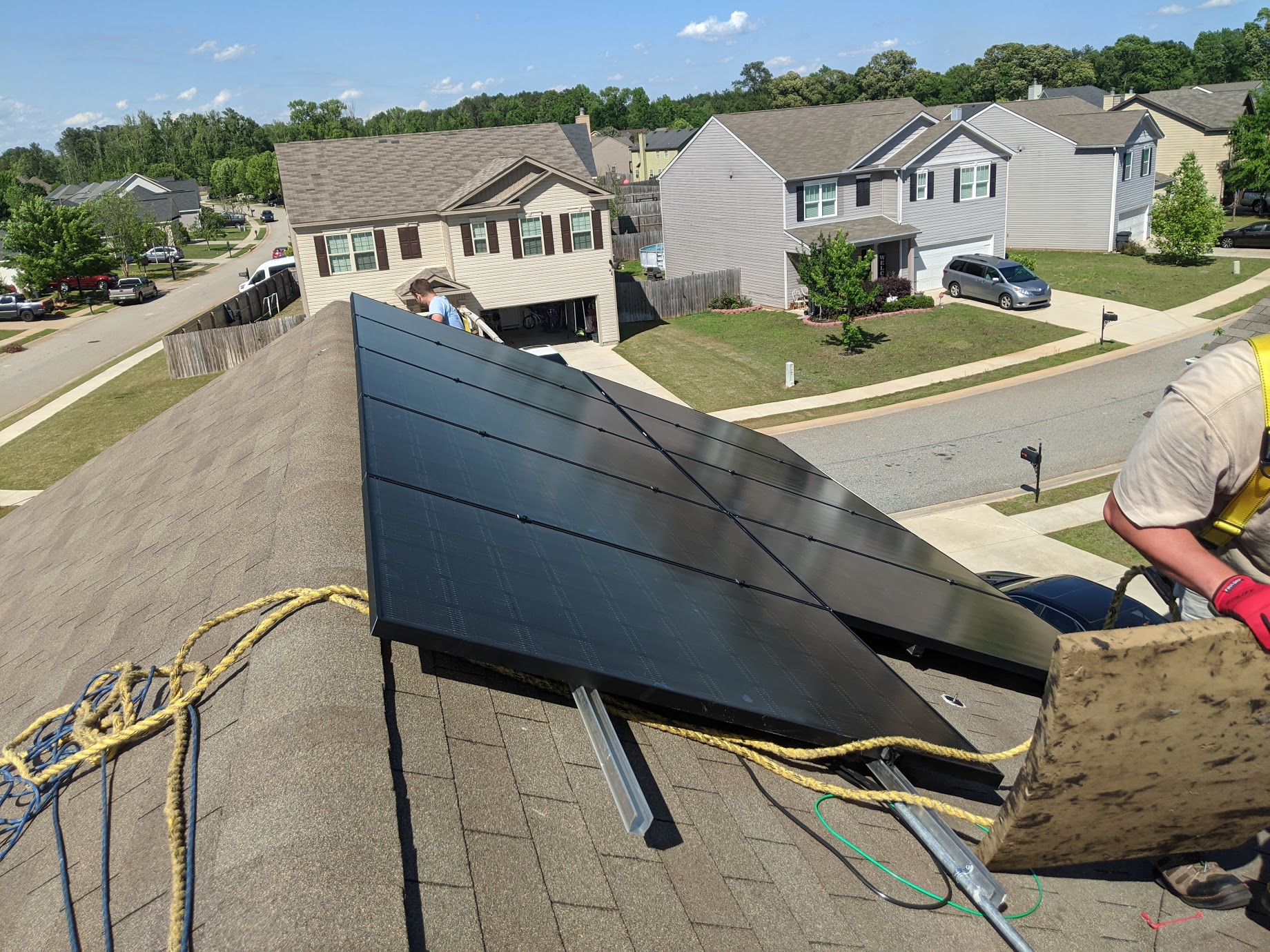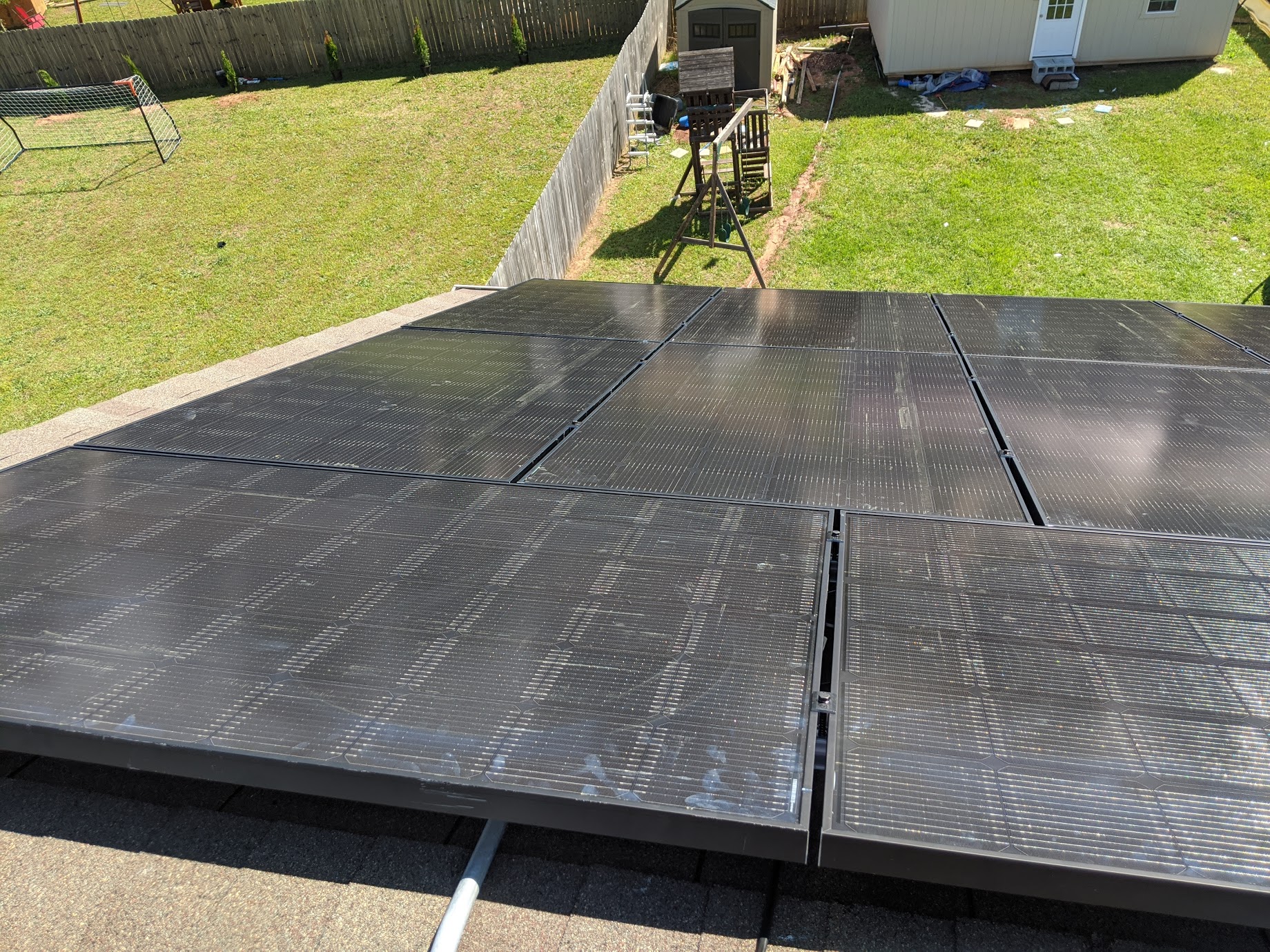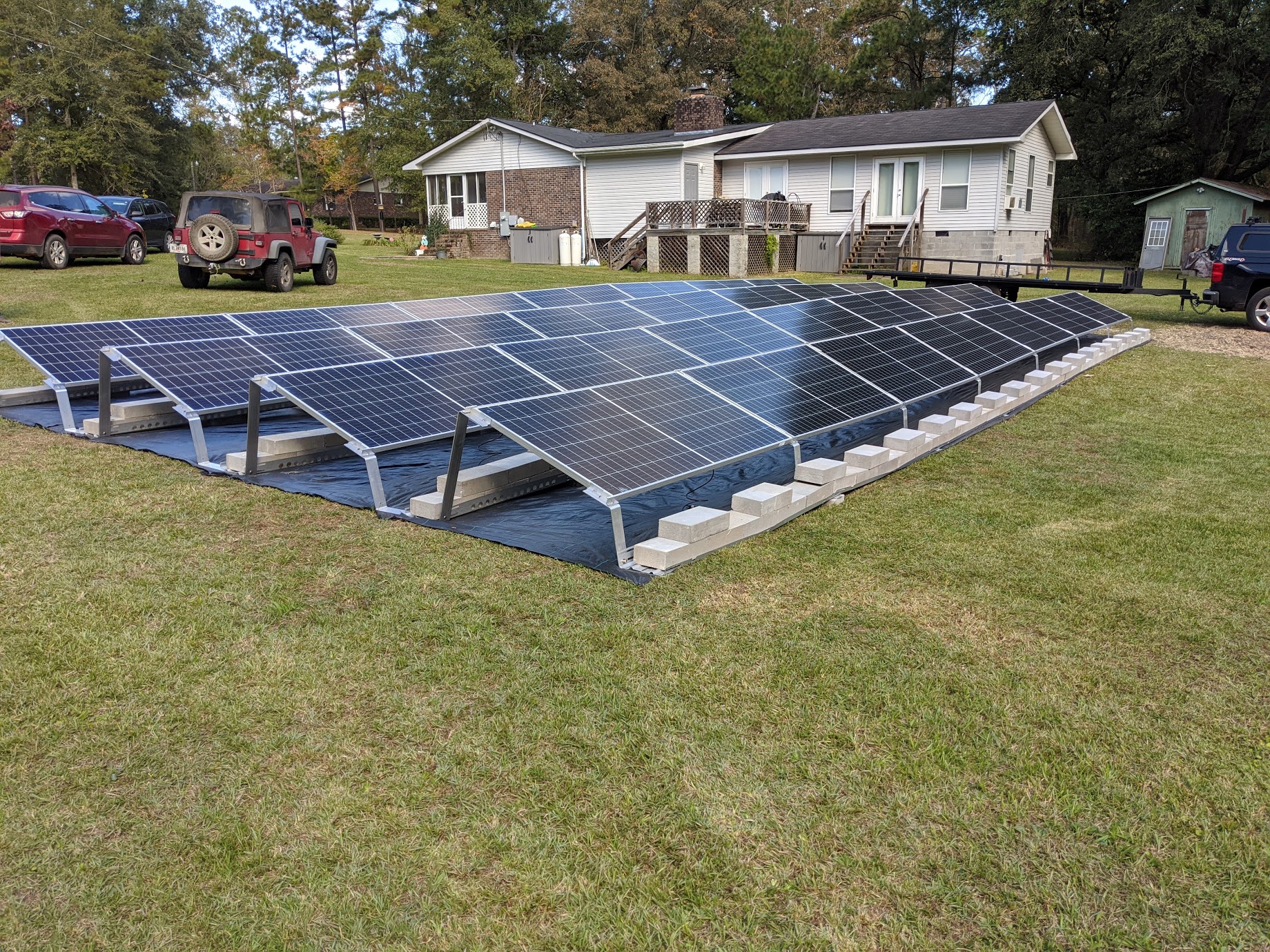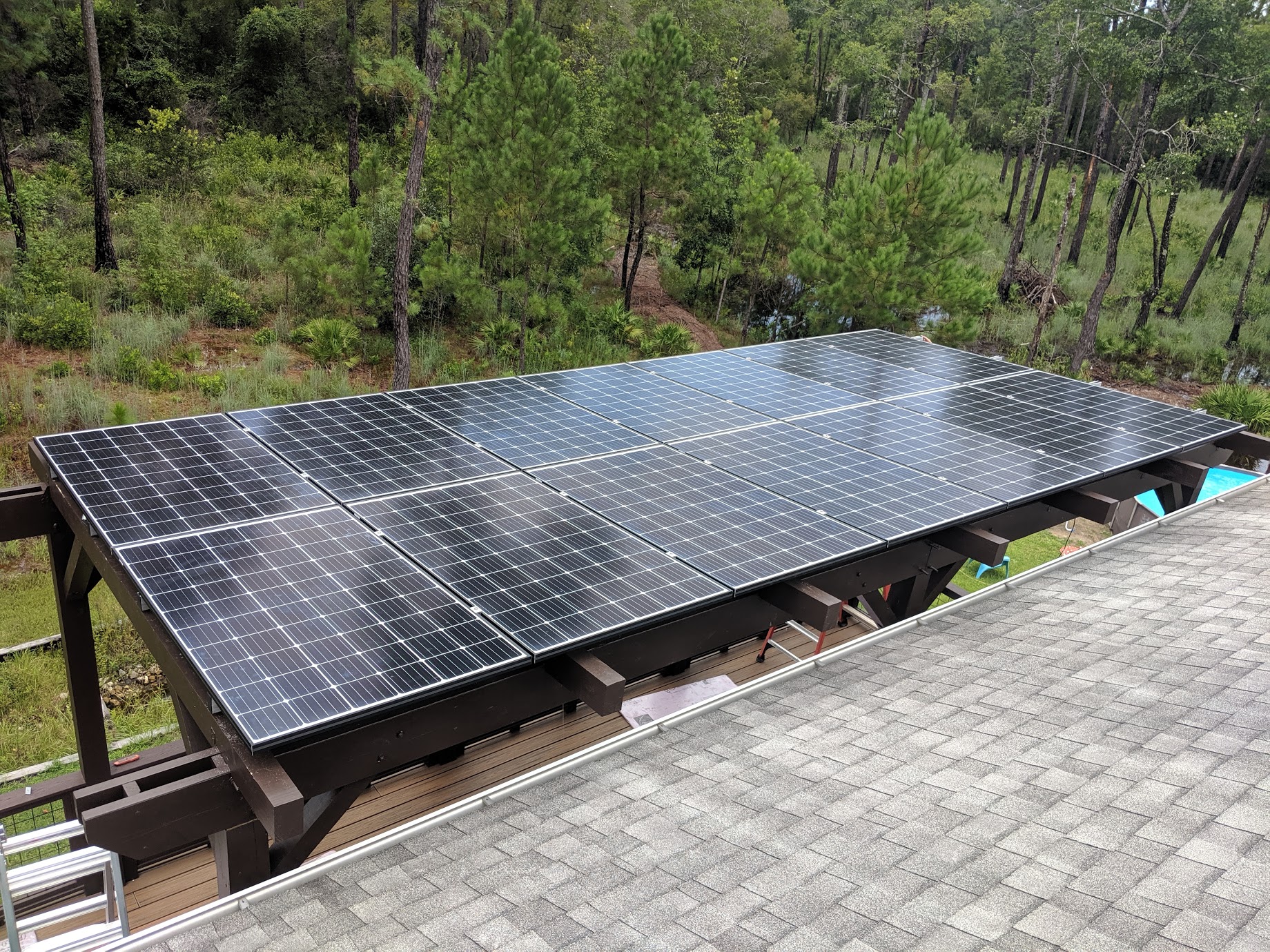
GRID-TIED SYSTEMS
Grid-tied solar systems connect your solar array directly to the utility power grid, offering a balance between cost-efficiency and energy sustainability. These systems convert sunlight into electricity that powers your home, while excess power is sent back to the grid, potentially earning credits through net metering. These systems are especially effective in regions with favorable net metering policies where the electricity generated can be sold back to the grid at the same rate it is bought, potentially leading to a net-zero electric bill. Even in regions without such policies, grid tied systems can still enable a home to achieve net-zero energy status by producing as much energy as it consumes annually.
BENEFITS OF GRID-TIED SOLAR
✅ Reduces reliance on the utility grid and lowers monthly electricity costs.
✅ Simple and cost-effective installation with minimal maintenance requirements.
✅ Supports environmental sustainability by reducing carbon footprint.
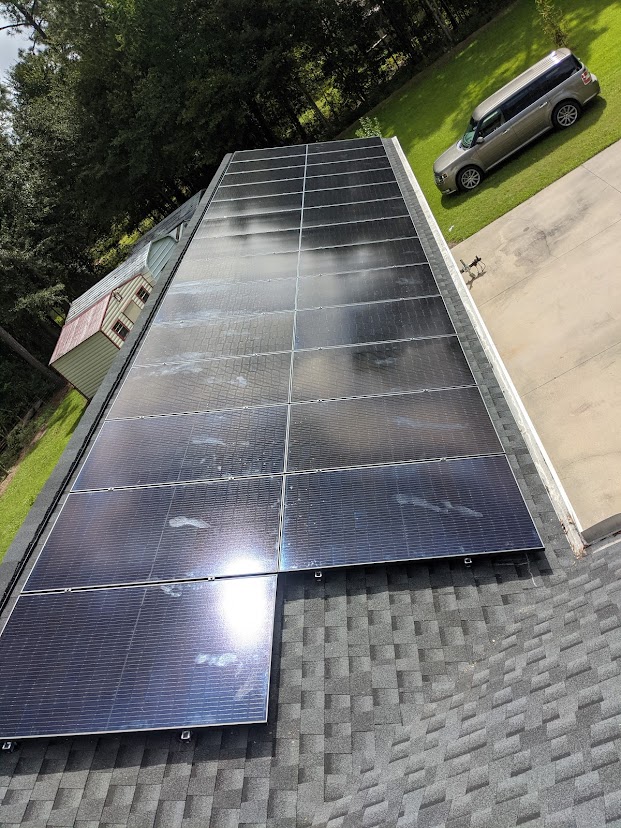
Downsides to Grid-Tied Solar
❌ No electricity generation during power outages due to grid safety requirements.
❌ Net metering benefits depend heavily on local utility policies; less beneficial where avoided cost is the norm.
❌ Installation size may be constrained by utility or insurance requirements.
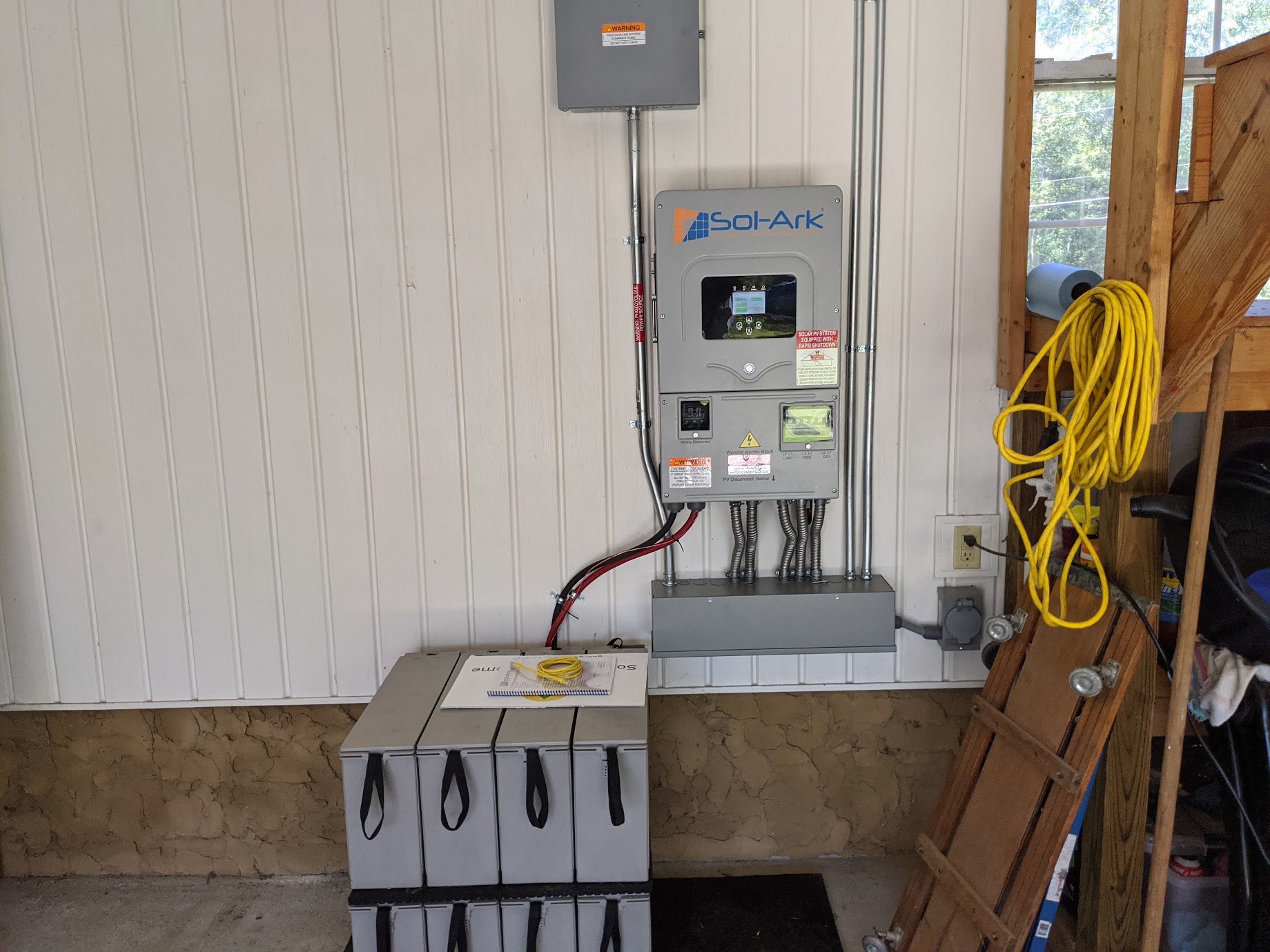
Residential vs. Commercial Grid-tie Solar
These solar systems are best used as a solution to lower the electricity costs of a home or business that is already tied into the grid. Whereas, businesses usually require much larger arrays, the idea and process behind residential and commercial solar applications is largely the same. It is important to note that the Federal Solar Investment Tax Credit will be available indefinitely at 10% for commercial applications, but the timeframe changes often for homeowners and currently is available at 30% of your total solar system cost for all installations in the U.S. completed through 2032.
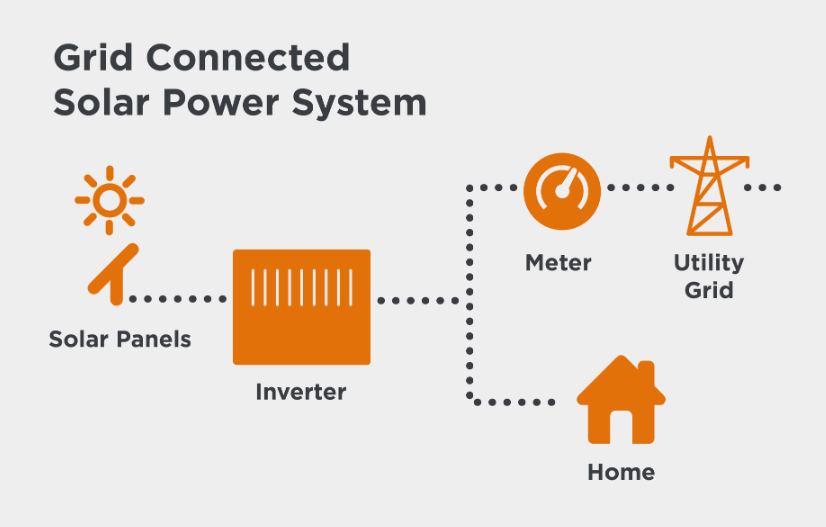
A Few Grid-Tie Projects
Other Services
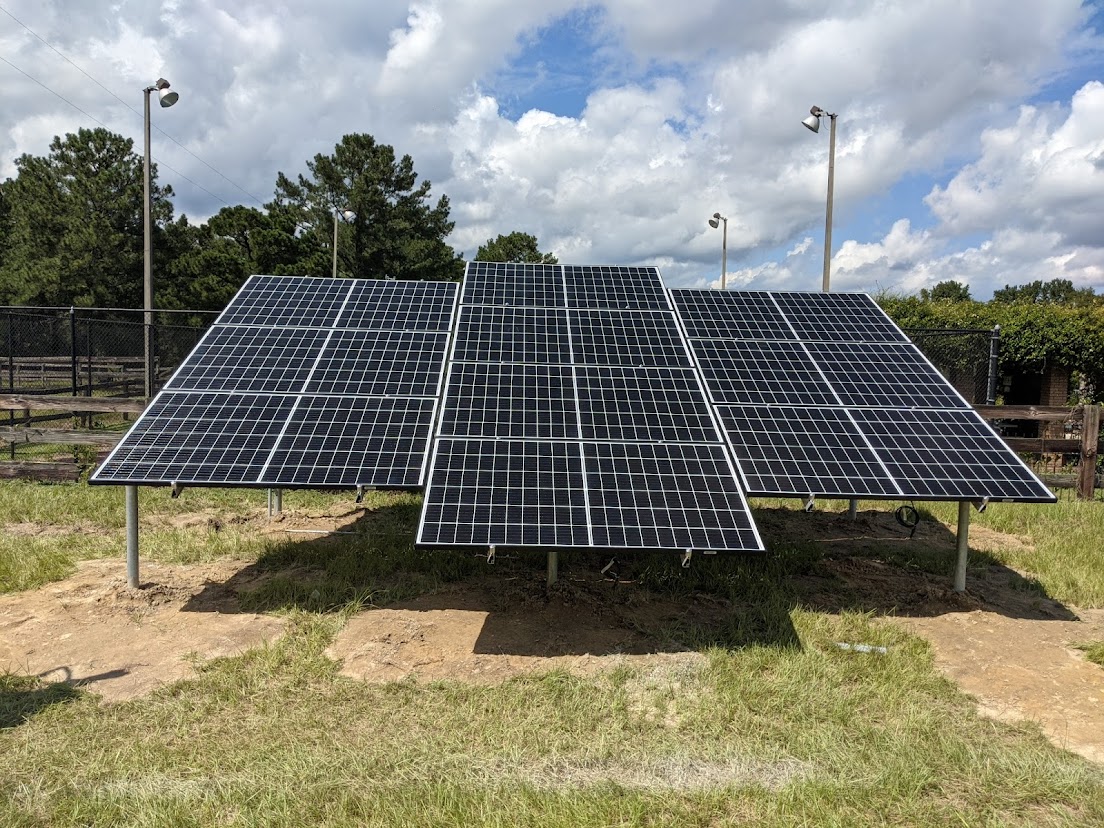
Off-Grid Solar
